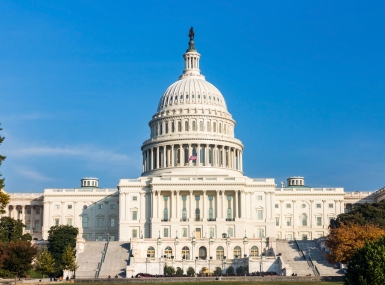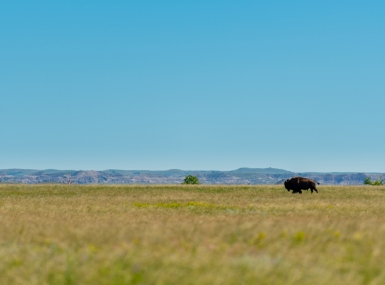New trails in Milwaukee County help curtail illegal park dumping

Key Takeaways
Milwaukee County, Wis. puts a lot of time, energy and money into its 150 parks, but a good amount of that money was going into things visitors would never see. Or at least park officials hoped they wouldn’t see it.
Along with giving residents all over the county a place to get away and enjoy nature, the parks’ 15,000 acres were also hiding numerous illegal dumping sites. And thousands of dollars were going into cleaning them up, including $19,000 for a single dumping site.
Those cleanups add up to 600 hours of staff time per year, with 60 dumps cleaned from 2021-2023, the average cleanup cost adding up to $14,000.
“We see a lot of dumping around the first of the month near the north end of the county, and that’s often tied to evictions,” said Peter Bratt, director of Operations and Skilled Trades for Milwaukee County Parks. “We get a lot of dumping like that, or contractors who dump building materials because they don’t want to pay tipping fees at a transfer station, or medical waste. That’s when we have to call in contractors to clean it up.”
Often the dumping was a crime of convenience, the forgotten sharp side of a double-edged sword promoted by 1920s planner Charles Whitnall, whose parkway system was designed to bring people into the parks. But those same roads that brought Sunday drivers up to Washington Park can carry a truck with a lot of junk to drop off in one of the northern county’s most frequent dumping grounds.
But the county is doing something about it. First, the Board of Supervisors has authorized fines of up to $5,000 for illegal dumping, up from $200.
A structural fix, though, will make it harder for some of those trucks to reach secluded dump sites. The 2025 budget includes funding to turn some roads into multi-use paths, reinforcing their purpose to help visitors enjoy the park while limiting automobile traffic.
That will take about .9 miles of Little Menomonee River Parkway and shrink it in half. In 2023, the county had already blocked that second and saw immediate improvements in cleanliness. Now, it will be converted, thanks to ARPA funding, and reopened for cyclists and pedestrians.
“It’s a trail on either end of the parkway, so it logically makes sense to turn it into one big trail,” Bratt said. “They’re not really that long but the real key segments and they really help the users and just really makes our system more accessible.”
Related News

U.S. House of Representatives passes SPEED Act and other permitting reform bills
On December 18, the U.S. House of Representatives passed the SPEED Act (H.R. 4776). The SPEED Act would strengthen county involvement in decision-making and make needed commonsense reforms to the federal environmental review process.

House Natural Resources Committee advances the Endangered Species Act Amendments Act of 2025
On December 17, the House Natural Resources Committee advanced the Endangered Species Act (ESA) Amendments Act of 2025 (H.R. 1897). The version passed by the committee adopted several changes from the initial bill and would address key county concerns by improving the implementation of the ESA. The legislation now awaits a floor vote before the whole U.S. House of Representatives.

Senators introduce bipartisan UPGRADE Act to support small and rural public water systems
On December 15, Sens. Lisa Blunt Rochester (D-Del.) and Roger Wicker (R-Miss.) introduced the Unincorporated Partnerships for Grant Resources, Assistance, and Drinking Water Enhancements (UPGRADE) Act (S. 3465), a bipartisan bill that would strengthen federal support for small public water systems and helps unincorporated communities access clean and affordable water.
County News
County parks departments double as outreach to homeless campers

